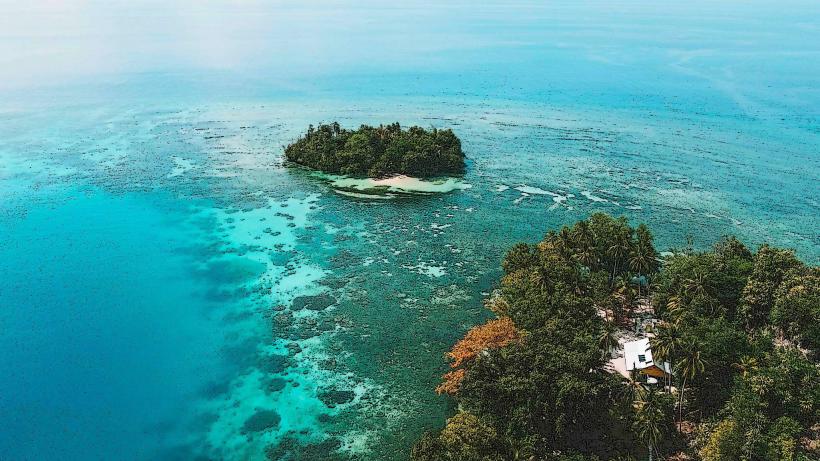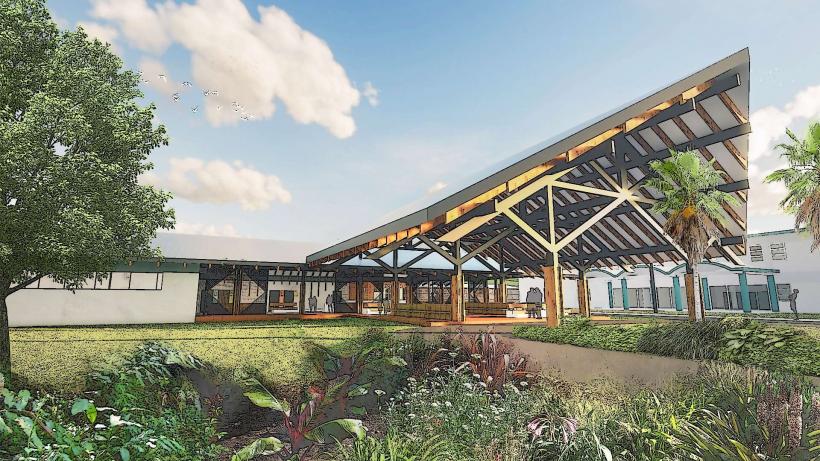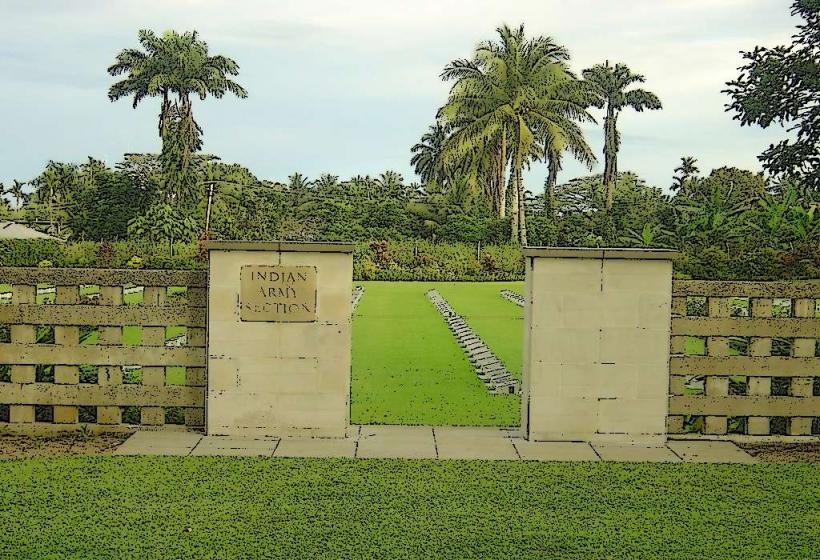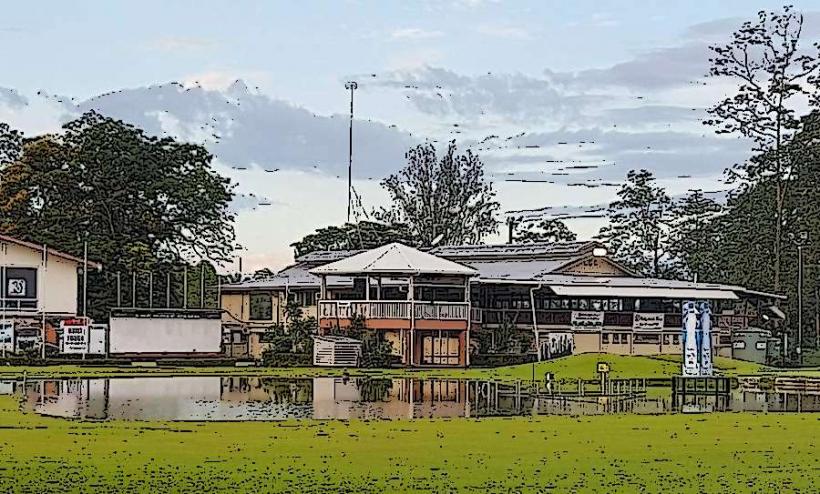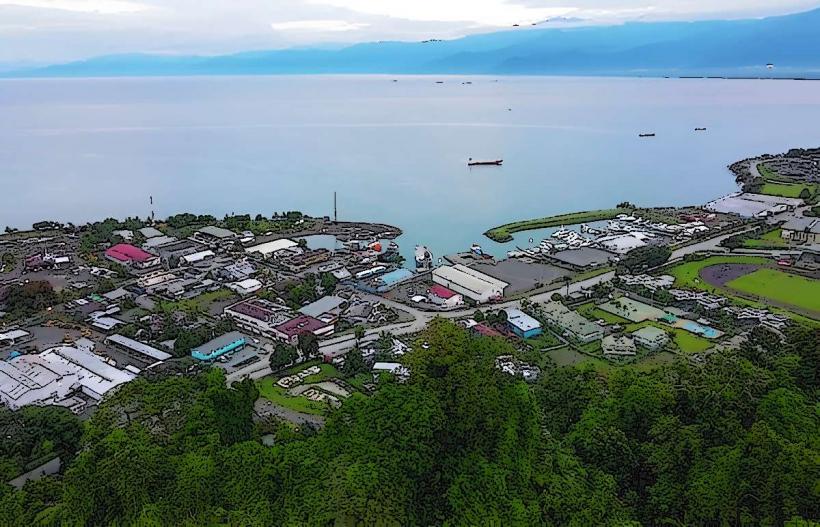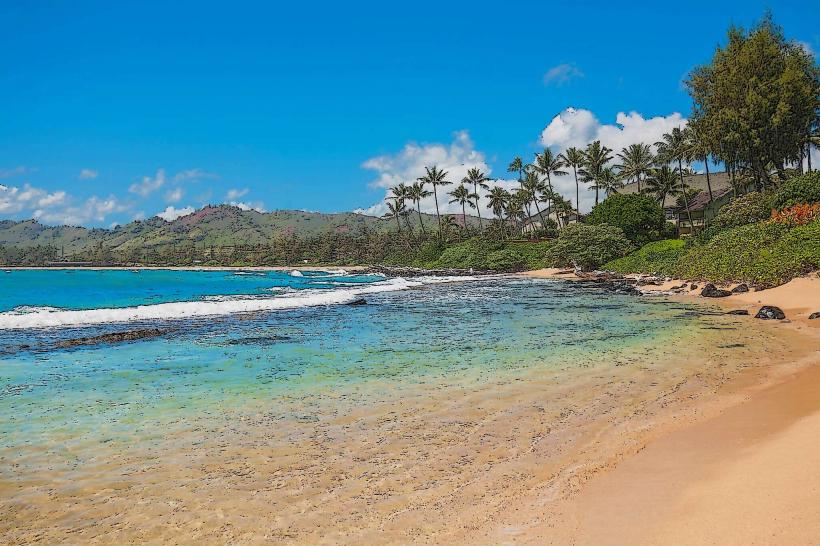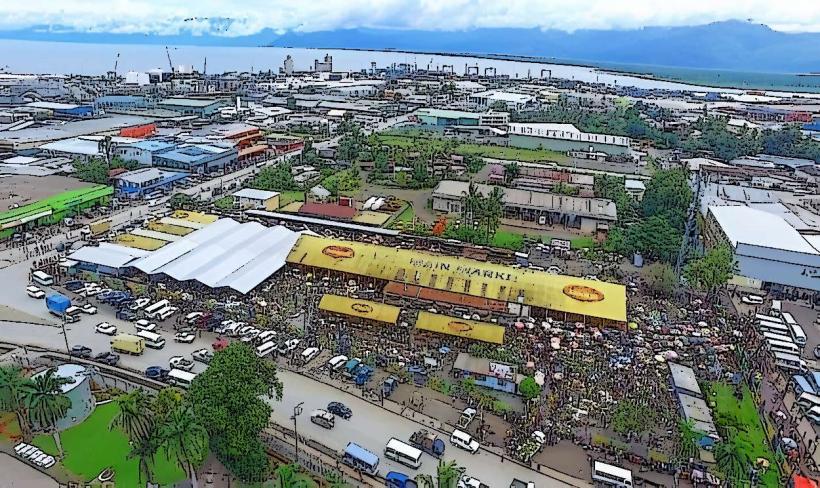Information
Landmark: Lae Botanical GardensCity: Lae
Country: Papua New Guinea
Continent: Australia
Lae Botanical Gardens, located in Lae, Papua New Guinea, is a stunning, 50-hectare site renowned for its diverse range of plant species, particularly native and tropical flora. It serves as a center for both recreation and research, showcasing the region's rich biodiversity. Here’s a detailed look at what makes the Lae Botanical Gardens noteworthy:
History and Background
The gardens were established in 1963, with the aim of preserving and showcasing the diverse plant life of Papua New Guinea. Initially a research and conservation site, it has since expanded into an accessible public attraction. The Gardens are part of the University of Papua New Guinea's research initiatives and play a significant role in the country’s botanical studies.
Flora and Plant Collections
The Lae Botanical Gardens are home to a remarkable variety of plants, particularly tropical and subtropical species. Key collections include:
- Orchids: The Gardens are known for their rich variety of orchids, which are native to Papua New Guinea and the surrounding regions.
- Ferns: The gardens feature a large collection of ferns, adding to the lush, tropical atmosphere.
- Palm Species: Various palm species thrive in the garden's climate, making it an ideal environment for these plants.
- Tropical Trees: The Gardens boast numerous tropical trees, including indigenous species like the Rattan Palm and several species of Ginger.
- Medicinal and Culinary Plants: The Gardens have educational displays focusing on medicinal plants and those used in traditional local cuisine.
Conservation and Research
The Lae Botanical Gardens is not only a public park but also a center for plant conservation and research. It collaborates with local and international institutions to preserve endangered plant species and conduct botanical research. The Gardens often serve as a hub for botanical studies, with a focus on preserving the unique flora of Papua New Guinea.
Layout and Features
The Gardens are divided into several themed sections, each highlighting different aspects of the flora:
- Tropical Garden: This section showcases lush tropical plants, including medicinal herbs and fruits from the region.
- Rainforest Area: With towering trees and dense foliage, this area simulates the dense tropical rainforests of Papua New Guinea.
- Rose Garden: A picturesque section featuring various species of roses.
- Lily Pond: A tranquil pond surrounded by lilies and other aquatic plants.
- Educational Exhibits: Signs and informational displays throughout the Gardens provide visitors with educational insights into the flora.
Visitor Experience
Lae Botanical Gardens offers an inviting and relaxing environment for visitors, with well-maintained paths and seating areas. Some key highlights for visitors include:
- Guided Tours: Educational tours are available, where knowledgeable guides provide insights into the diverse plant species and their uses in local culture.
- Wildlife: The Gardens are also home to various birds and small wildlife, making it an excellent spot for birdwatching and nature walks.
- Picnic and Relaxation Areas: The Gardens have designated areas for picnics, where families and tourists can enjoy a peaceful day surrounded by nature.
- Events and Activities: The Gardens host occasional events, including horticultural shows, educational workshops, and conservation awareness activities.
Accessibility
The Gardens are open to the public year-round, and there is an entry fee for tourists. The location in Lae, a coastal city, makes it easily accessible from the city center. Visitors can travel by car or public transportation to reach the site.
Conclusion
The Lae Botanical Gardens is a significant location for both environmental conservation and public enjoyment. With its vast array of plant life, educational focus, and tranquil environment, it offers a peaceful retreat as well as an educational experience for nature lovers and researchers alike.

